Review: Jitterbug
The first thing you notice about the Jitterbug is its size. Normally simple phones such as this are diminutive. However tiny phones with small keys and small screens are not very useful to people with poor motor control and poor eyesight.
At first glance, the Jitterbug looks like a miniature version of the original "toilet seat" iBook. It has the same rounded shape, and like the iBook is only flat along the hinge. The phone bulges out in every direction to fill your hand. This makes the Jitterbug comfortable to hold - at least when closed - as the curved surfaces sit nicely in your palm. However when open, the phone is so large, there's no comfortable way to wrap your hands around it while on a call. When wrapping your hands around the wide body with the phone open, you can grip the Jitterbug solidly, but it's not as comfortable as it is when closed.
The Jitterbug is not just large, it is thick. It's at least 50% thicker than your average clamshell. Granted, this phone is not designed to fit in the small pockets of tight pants, but it's unclear why it needs to be so thick as to make the phone uncomfortable in any pocket.
Part of the reason for the thickness is the special rubber bumper that wraps around the speaker. When the phone is open, the rubber presses against your ear, providing a cushioned surface to place against your head and blocking out background noise. Although it does not look sleek or high tech, this works very well. So well, in fact, that we wish a manufacturer would find a way to make it look sleeker and integrate it into some fancier handsets.
Opening the phone, the hinge feels a bit cheap, as though plastic pieces are rubbing against each other. But it does snap open solidly. When open, the phone is so large that the mouth piece is actually in front of your mouth when holding the phone to your ear, just like a traditional wireline phone.
The only buttons on the outside of the phone are a volume rocker that's just below the external display. When the phone is closed, all they do is turn on the backlight of the external display. When the phone is open, they can be used to adjust the ringer or call volume, including activating speakerphone. The placement seems rather odd, but the keys are very easy to use, even without looking at them.
Keypad
Other than the volume rocker, all of the Jitterbug's keys are located on the keypad. The phone is available in 2 keypad configurations. Both share a dedicated power key in the upper right hand corner, up / down keys and yes / no keys that control the menu as well as function as send and end. The yes and no are ringed by green and red lit circles.
Below this, the "dial" version features a standard 12 key pad. Each key is the same size as the large yes / no buttons and is ringed by yellow. Although it looks like the keys are flat squares, they are actually raised circles inside the lit rings. The same is true for the yes / no keys. The keys each stand out significantly from the keypad, making them easy to feel as well as see.
The "one touch" version only has 3 large keys - operator, emergency and a third that can be customized with any name. If a number is not programmed into the phone's speed dial, the user will have to ask the operator to place the call (a service included as part of the Great Call subscription.)
Each key is large and clearly labeled with easy to read white text on a black key. This provides the best contrast for people with poor eyesight. The labels are in a large, easy to read font.


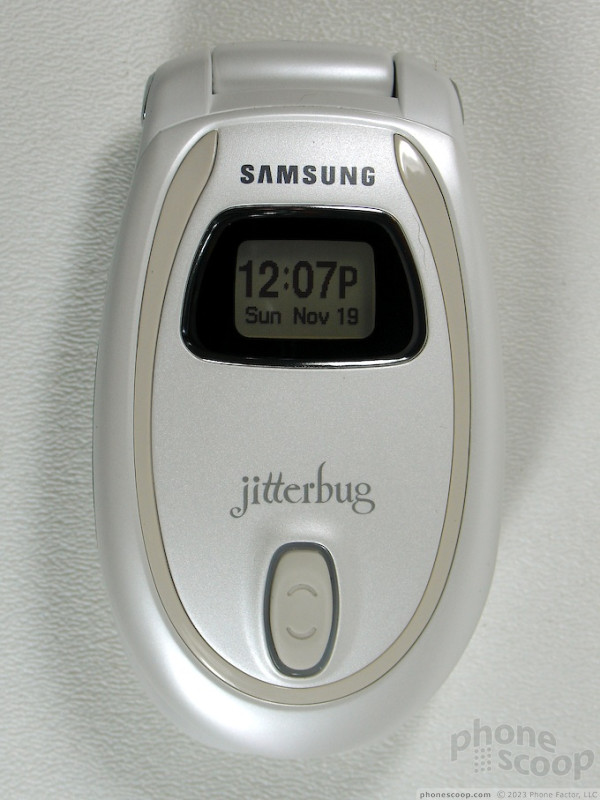












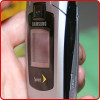 2006 Holiday Pre-Preview
2006 Holiday Pre-Preview
 CTIA 2006
CTIA 2006
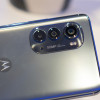 Hands On with the Motorola edge (2022)
Hands On with the Motorola edge (2022)
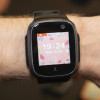 Hands On with Xplora Kids Smartwatches
Hands On with Xplora Kids Smartwatches
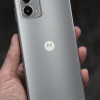 Hands On with the 2023 moto g 5G & moto g stylus
Hands On with the 2023 moto g 5G & moto g stylus
 Samsung Jitterbug SPH-A110 / A120
Samsung Jitterbug SPH-A110 / A120







